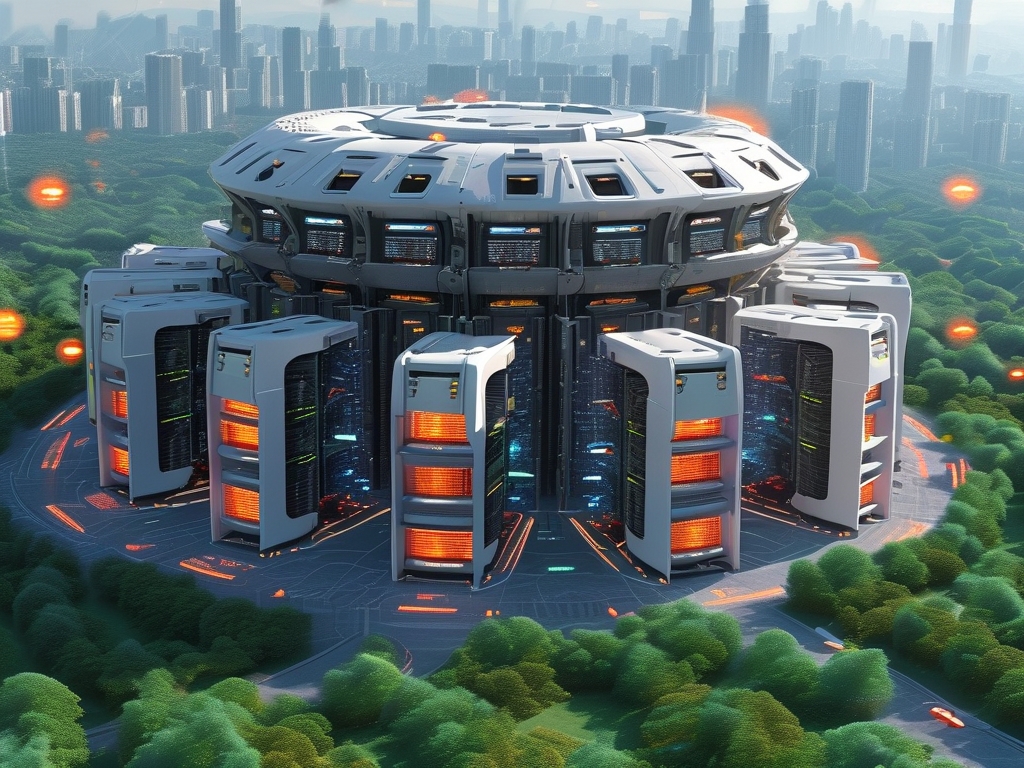In the evolving landscape of software development, distributed architecture has emerged as a cornerstone for building resilient and scalable systems. Unlike traditional monolithic designs, distributed systems break applications into smaller, interconnected components that operate across multiple servers or locations. This approach not only enhances performance but also addresses critical challenges in modern computing, from handling massive user bases to ensuring fault tolerance.

The Foundation of Distributed Architecture
At its core, distributed architecture relies on decentralized computation. By dividing workloads across nodes, organizations can achieve parallel processing, reducing latency and improving response times. Consider a global e-commerce platform: product recommendations might be processed in one server cluster, payment gateways in another, and inventory management in a third. This separation allows each module to scale independently based on demand.
A practical example is shown in this simplified configuration snippet for a cloud-based service:
services:
auth-service:
replicas: 3
nodes: [us-east, eu-central, ap-southeast]
data-processor:
shards: 12
consistency-level: quorum
This YAML configuration demonstrates how different components can be deployed across regions while maintaining redundancy.
Key Advantages in Real-World Applications
-
Elastic Scalability: Distributed systems enable horizontal scaling by adding more nodes rather than upgrading existing hardware. Streaming platforms like Netflix dynamically allocate resources during peak hours to handle millions of concurrent viewers.
-
Fault Isolation: When a component fails, others remain operational. Financial institutions use this principle to ensure trading engines continue functioning even if risk-analysis modules encounter errors.
-
Geographical Optimization: Content delivery networks (CDNs) leverage distributed architecture to cache data closer to end-users. A user in Tokyo accesses media stored in local edge servers instead of waiting for transcontinental data transfers.
Challenges and Mitigation Strategies
While powerful, distributed systems introduce complexity. Network partitions, clock synchronization issues, and eventual consistency models require careful planning. The CAP theorem—which states that distributed systems can only guarantee two of consistency, availability, and partition tolerance—remains a fundamental consideration.
Developers often implement patterns like circuit breakers and retry logic to handle intermittent failures. Tools such as Kubernetes for orchestration and Apache Kafka for event streaming have become essential in managing these complexities.
Future Trends and Adaptations
Emerging technologies like serverless computing and edge computing are pushing distributed architecture to new frontiers. Autonomous vehicles, for instance, process sensor data locally (edge nodes) while coordinating with centralized traffic management systems. Hybrid models combining cloud and edge resources are becoming standard for IoT deployments.
In , distributed architecture is not merely a technical choice but a strategic enabler for businesses operating at scale. As organizations continue to embrace digital transformation, understanding and implementing robust distributed systems will remain pivotal to achieving technological agility and competitive advantage.









